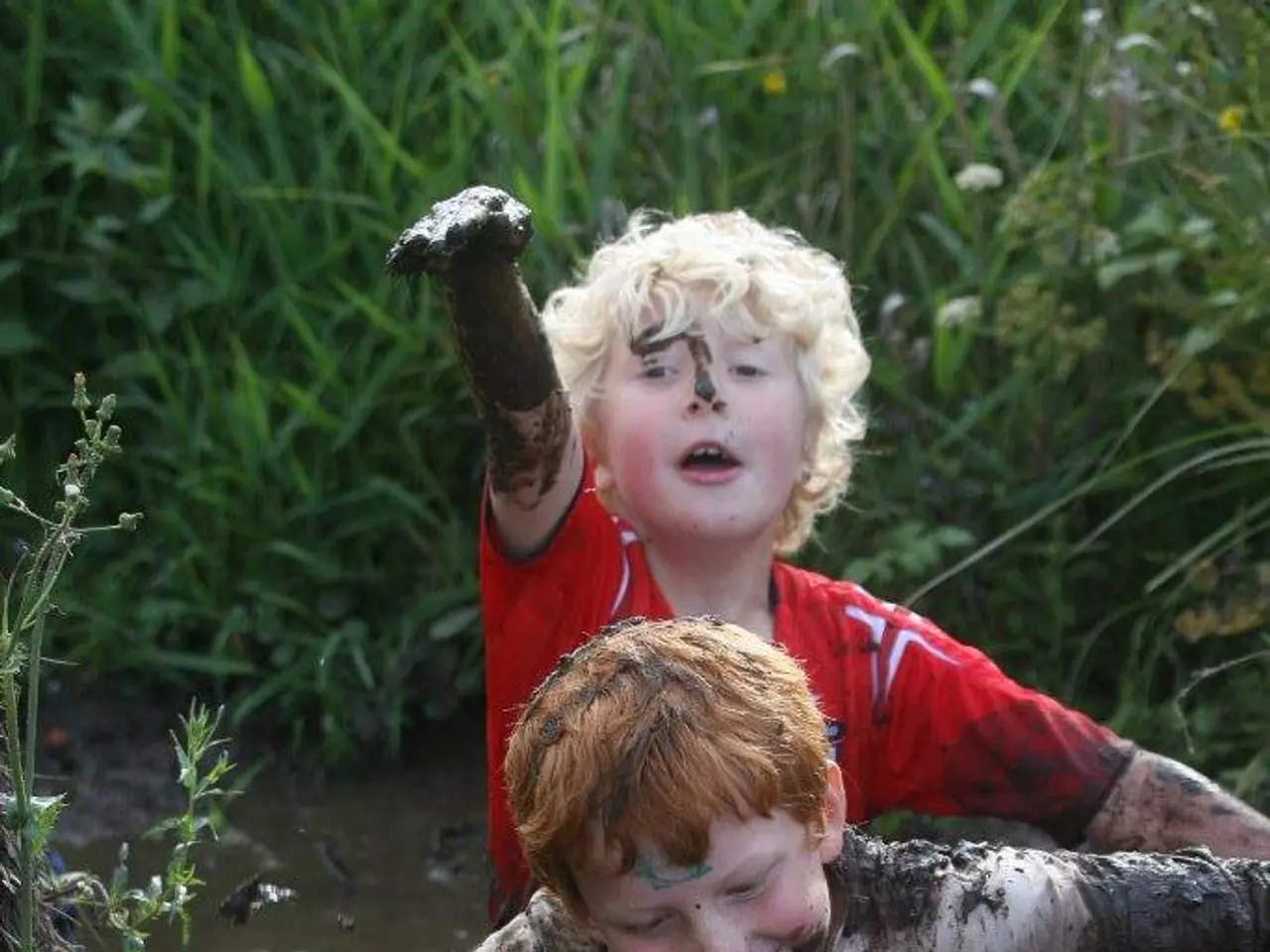Children's Guide to Managing Rainwater and Runoff
In cities and towns, hard surfaces like roads and sidewalks prevent water from soaking into the soil, leading to increased stormwater runoff. This runoff can carry harmful materials like car oil, trash, and lawn chemicals, causing pollution in rivers, lakes, and oceans, and harming aquatic life.
Effective ways to reduce stormwater runoff and mitigate its pollution impact focus on managing water quantity and quality through various natural and engineered methods.
### Key Strategies to Reduce Stormwater Runoff and Pollution
One approach is the use of green infrastructure solutions, which mimic natural water processes to absorb, slow, and treat stormwater. Examples include rain gardens, bioswales, riparian buffers, permeable pavements, and green roofs. These methods significantly reduce runoff volume and pollutant load.
Detention and retention ponds are another solution, acting as engineered water bodies that temporarily or permanently hold stormwater. They help control runoff rates, allow sedimentation, and reduce pollutant transport to aquatic systems.
Rainwater harvesting and diversion systems, such as installing gutters, downspouts, and rain chains to channel roof runoff away from foundations and toward collection or infiltration areas, also play a crucial role in reducing direct surface runoff. Connecting downspouts to rain barrels or cisterns to capture and reuse stormwater further reduces the volume and pollutant load entering the environment.
Reducing impervious surfaces by replacing traditional concrete or asphalt with permeable alternatives or interlocking pavers increases infiltration and reduces surface runoff carrying pollutants.
Maintenance and pollution control practices, such as regularly sweeping streets and parking lots, removing leaf litter, and inspecting stormwater systems, prevent buildup of debris and pollutants that runoff can carry into water bodies. Planting more trees and green spaces combats runoff volumes, captures pollutants, and provides habitat value to ecosystems.
### Impact on Pollution and Aquatic Life
Stormwater runoff carries many pollutants—oil, fertilizers, bacteria, heavy metals, trash—directly into water bodies, causing significant environmental problems. These include water pollution that degrades aquatic habitats, affecting fish and wildlife health due to toxins and oxygen depletion, thermal pollution from hot runoff surfaces that harm oxygen-sensitive aquatic organisms, and erosion from unchecked runoff that destabilizes stream banks and degrades habitat quality for aquatic species.
By implementing these methods, neighborhoods can reduce the volume and speed of runoff, lowering erosion risks. They can filter and break down pollutants before they reach streams, lakes, or ponds, improving water quality. They can protect aquatic ecosystems by maintaining suitable water temperature and oxygen levels. They can also minimize flooding and associated damage to infrastructure and natural areas.
### Educational Activities for Kids
For those interested in educating kids about stormwater runoff and its impact on the environment, the Stormwater Runoff Project Field of Science offers an engaging activity for K-5 grade level. The activity involves simulating stormwater runoff using a paint tray or baking pan, markers, crayons, tape, a water spray bottle, and various pollutant examples.
Additionally, a Water Conservation Pack is available for teaching simple water-saving habits, exploring how water moves through the environment, and encouraging kids to take action at home or at school. The pack includes engaging printables and hands-on activities, making it perfect for Earth Day, environmental units, or anytime to dive deeper into caring for our planet.
The purpose of these activities is to help kids learn about how human activity affects the environment and how they can make a difference.
Farms also contribute to stormwater runoff through fertilizers and pesticides. Urban areas are more affected by stormwater pollution due to the abundance of paved surfaces.
By taking action to reduce stormwater runoff and pollution, we can protect our neighborhoods, infrastructure, and aquatic life from harm.
- Engaging printables and hands-on activities from the Water Conservation Pack are ideal for educating kids about water conservation and the impact of stormwater runoff on the environment.
- The Stormwater Runoff Project Field of Science offers an interactive activity for K-5 grade level, encouraging kids to learn about stormwater runoff using a paint tray or baking pan, markers, crayons, tape, a water spray bottle, and examples of pollutants.
- Green infrastructure solutions, such as rain gardens, bioswales, riparian buffers, permeable pavements, and green roofs, significantly reduce runoff volume and pollutant load.
- Reducing impervious surfaces by replacing traditional concrete or asphalt with permeable alternatives or interlocking pavers increases infiltration and reduces surface runoff carrying pollutants.
- Implementing rainwater harvesting and diversion systems like gutters, downspouts, and rain chains can reduce the volume and pollutant load entering the environment.
- Proper maintenance measures such as regularly sweeping streets and parking lots, removing leaf litter, and inspecting stormwater systems prevent buildup of debris and pollutants that runoff can carry into water bodies.
- Stormwater runoff can cause significant environmental problems, including water pollution that degrades aquatic habitats and affects fish and wildlife health due to toxins and oxygen depletion.
- Educational programs focusing on STEM subjects like chemistry, earth science, and environmental-science can foster a lifelong love for learning and self-development in kids.
- Engineered solutions like detention and retention ponds help control runoff rates, allow sedimentation, and reduce pollutant transport to aquatic systems.




